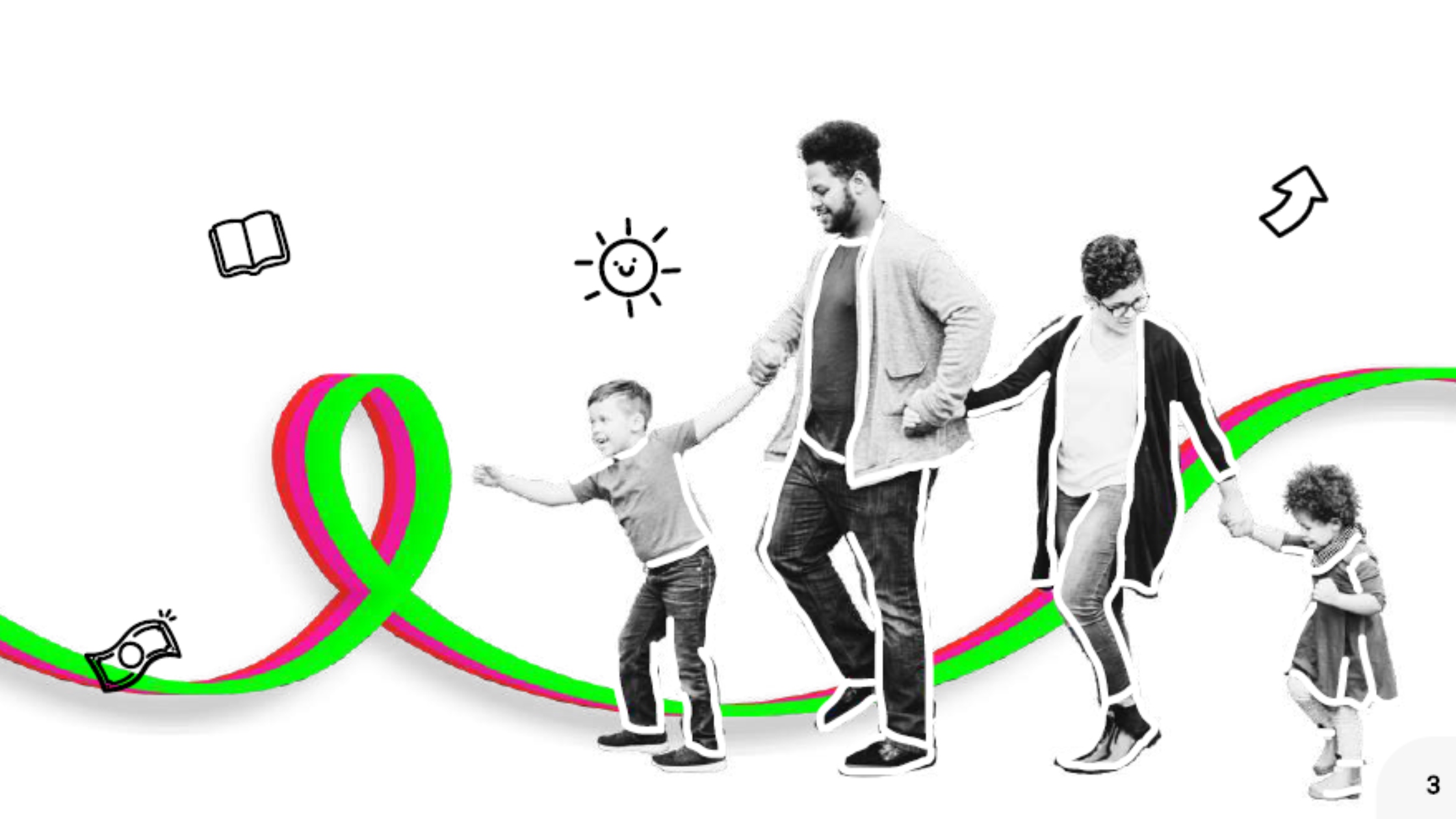June 27 2025 | Team nudge
Winners of the Financial Wellbeing Impact Awards 2025
We’re beyond excited to announce the winners of the Financial Wellbeing Impact Awards 2025, a celebration of the pioneers transforming how people engage with money.

Financial Wellness Consultant, Jeff Tulloch, tells us how global reward and benefit leaders are proving the positive impact of their financial wellness program.
Introduction
Workplace financial wellness programs help people BUT can you prove it? Recently I’ve been having more and more conversation about how employers struggle to achieve higher benefit engagement rates in their different employee populations. But we know for a fact that financial wellness programs work. In fact a recent report from EBRI found that 90% of employers believe financial wellness programs are very or somewhat effective. And to add that, Bank of America found that 84% of organizations believe that offering financial wellness support helps with retention, whereas 81% say it helps attract top talent.
If I think back 3-4 years ago the wellness industry was still grappling to prove the need for financial wellness in benefit programs. Today, the reports above reinforce that, internationally it’s widely understood that strong financial health is essential to people’s overall wellbeing. With this progress, the focus for employers now is about proving success and getting outcomes. So, the question I’ve been asking myself is, “How do employers move beyond the finish line and verify that their financial wellness program is working?”
Firstly, financial wellness programs come in many shapes and sizes.
But a comprehensive workplace program is likely to include:
Comprehensive, yes. But that’s not enough.
If employers want to motivate employees to engage in wellbeing, and particularly financial education, there are a couple pieces missing that complete the financial wellness puzzle. From my research and experience, I’ve concluded that successful programs are created using personalization, with technology that understands human behavior, and that can provide insights and analytics.
From the conversations I have with global reward leaders, it’s generally understood that analytics is the key to a successful program.
Why? Because data will help you outline your employees’ biggest workplace wellbeing challenges and that forms your program objectives. Data will help you create a program that’s personalized to different needs, interests, and cultural nuances. And most importantly data will help you to measure success so you can prove the impact of your program against the objectives (challenges) you set out to achieve (address). That’s right. Data, data, data, and more data.
Employee challenges can also be about reaching their financial goals.
Goals might include increasing their emergency fund, saving for a house, reducing debt, planning for their future, or simply sticking to their budget and reducing their stress. When you know your people’s goals, you’ll find out your people’s biggest motivations, helping you to create a financial wellness program your people truly want and need.
Employee and business outcomes
Let’s face it lots of investment has gone into your program so creating an experience your people actually want, will eventually lead to the employee and business outcomes that you need to report back success to the senior management team. The next question is, have you got a way to track and measure outcomes against your employees’ financial goals?
Metrics and indicators
You will want a spectrum of insights from quantitative to qualitative, and metrics such as: employee financial interests, financial education engagement /return rates, financial education interactions, attendance at workshops, content, and resource shares. But to truly prove impact you’ll need to track outcomes like increased contributions to 401ks, reduction in 401k loans, uptake of ESPPs and increased contributions for FSAs to name a few. The point is using data as part of program planning and measurement will guarantee outcomes for employees and that will have positive returns for businesses.
Any number of those metrics will indicate success and employee outcomes will verify that your financial wellness program is working. But anecdotes, employees’ stories and testimonials from people who have benefited from the financial wellness program will bring color to your outcomes. Not only that, but employee feedback will also help you to continue to refine the program to evolve to changing needs and economic factors.
In summary
It’s widely understood that strong financial health is essential to people’s overall wellbeing. But more and more, particularly as costs are being cut, employers need to verify that their financial wellness program is working. Since investment has gone into the program employers need to prove impact through ongoing evaluation from employee testimonials, case studies and ultimately employee (benefit uptake) and business outcomes (satisfaction, retention, talent attraction).
Join the conversation, share how you’ve moved beyond the finish line and verified your financial wellness program to prove impact to senior management?
Or hear more from global organizations who regularly assess and evaluate metrics against objectives.
**
Thanks for sharing your insights Jeff Tulloch, proving impact is an essential for every business in the financial wellness program planning.
Share this